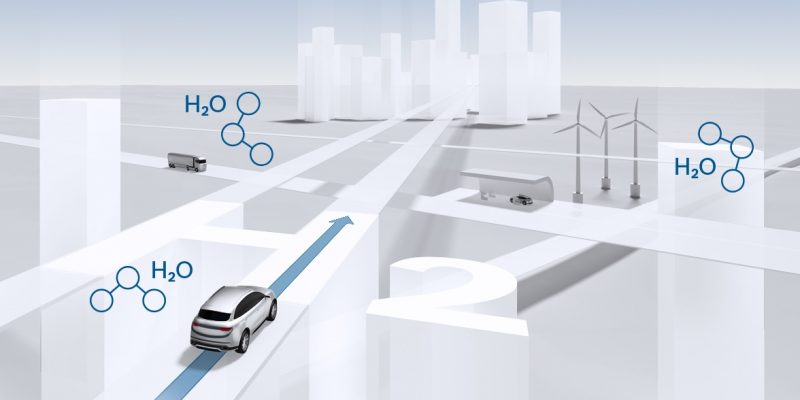
Three steps to tackle the climate emergency
Extreme heat waves, major forest fires, droughts or flood disasters – the climate crisis is an existential threat to our lives and economy. Almost 40 percent of our economic output is at risk of being lost due to the climate crisis till the end of the century. The “Race to Zero” emissions is on! Three things are important: Firstly, cut emissions as quickly as possible – starting with the biggest polluters like coal. Secondly, strengthen the industrial sectors and guarantee good quality industrial jobs. And thirdly, to guarantee a social transition. The EU’s Emissions Trading Scheme (ETS) is responsible for around 40 percent of EU emissions. Given the urgency of action, this is where things really need to start.
Deliver a European coal phase-out and unleash renewables
First, let’s have a look at the energy sector.
Coal-fired power is still the single biggest source of CO2 in Europe. But it’s also the easiest to shut down. Renewables are already cheaper than coal.
With an ETS that has a minimum price of 60 euros per ton, coal wouldn’t have a future post-2030. Whilst the current price is already a little more than 60 euros, even the Commission says that this level cannot be maintained. An important reason for this is, that every year, there are still more CO2 certificates issued on the market than there is demand for those from heavy polluters. In 2019, this oversupply was estimated at around 250 million tonnes of CO2, and the corona pandemic has certainly increased this number. The ETS cap must be adjusted to meet realities, not to fuel an already oversupplied market.
To ensure energy safety while exiting coal it is important that we expand renewable energies fast. In addition to the fit for 55, we have to establish a European solar obligation connected to the renovation wave, which plans to renovate 35 million buildings. As a low hanging fruit, solar should be made the standard for new buildings, in public buildings, commercial buildings and major renovations. Already today, most citizens could install solar power that would be economically competitive. The rest can be provided through the NextGenerationEU-Fund.
The industry is ready, but a clear set of rules is missing
Secondly, we need a climate neutral industry. The Industry itself is the backbone of our economy, and needs to be able to keep up globally but also take their part in reducing emissions rapidly. To establish themselves as global market leaders, industry needs to transform and fast.
Car-or steel manufacturers already show that a green transformation is technically possible and that they are ready for it. But there need to be clear rules and a transparent path, with which they can plan.
Daimler, Volvo and others want to switch to electric engines by 2030. So why does the EU want to wait until 2035? The result would be the loss of our role as pioneers and the waste of precious time.
Industrial sectors are beginning to transform. For example, the first steel manufacturers are producing green steel with green hydrogen. To make this the norm we need two things: Firstly, making green steel competitive. This is achieved through introducing a price signal to industrial sectors by removing free allowances. With the additional revenues and support schemes like climate contracts (Carbon Contracts for Difference) manufacturers will be backed by governments to invest in new, climate-neutral industrial plans and quickly convert their production. Secondly, through the introduction of a carbon border protection mechanism, governments can protect them from CO2-intensive steel imports.
The Green Deal only works socially
And last but not least, we need a social transition to guarantee a sustainable European Green Deal which works for all. Sadly, Europe has become more unequal and the cost of living has risen sharply, especially since the COVID crisis. Yet, the Commission’s Fit for 55 package does not sufficiently consider the social impacts and, which means we run the risk of turning people against crucial climate measures.
The Europe-wide CO2 price on transport and buildings especially could increase the cost of living and contribute to growing inequalities.
Rather than making life more expensive for the general public, the EU should invest in renovating social housing, schools and hospitals, investing in public transport and by steering the automobile sector to produce affordable electric vehicles by 2030 at the latest.
Without speeding up the transition, we have only ten years left until we cross the 1.5 degree threshold, which will mean more and more powerful climate impacts like floods and fires in Europe and globally. We must therefore seize the opportunity of setting the right incentives, as well as support for sectors including energy, industry and transport to achieve a speedy transition. Crises are not solved by dithering, misplaced support for old technologies or blocking crucial climate measures, but with courage, confidence and a clear plan. As Europe, we have the opportunity to establish ourselves as a leader in the green transition and lead the way towards a more sustainable future.




